Integration of ESG Criteria
The integration of Environmental, Social, and Governance (ESG) criteria into investment decision-making processes is reshaping the Green Bond Market. Investors are increasingly evaluating potential investments based on their ESG performance, leading to a heightened focus on green bonds. In 2023, it was reported that over 70% of institutional investors consider ESG factors when making investment choices, which has propelled the demand for green bonds. This trend indicates that the Green Bond Market is not only responding to investor preferences but is also evolving to meet the growing expectations for sustainable investment practices. As ESG integration becomes more prevalent, the market is expected to witness continued growth.
Growing Environmental Awareness
The increasing awareness of environmental issues among investors and the general public appears to be a pivotal driver for the Green Bond Market. As climate change and sustainability become more pressing concerns, investors are actively seeking opportunities that align with their values. This trend is reflected in the rising number of green bond issuances, which reached approximately 500 billion USD in 2023. The Green Bond Market is likely to benefit from this heightened consciousness, as more individuals and institutions prioritize investments that contribute to environmental sustainability. Furthermore, this awareness is not limited to retail investors; institutional investors are also adjusting their portfolios to include green bonds, thereby enhancing the overall market dynamics.
Institutional Investment Growth
The surge in institutional investment in sustainable assets is a significant driver for the Green Bond Market. Pension funds, insurance companies, and asset managers are increasingly allocating capital to green bonds as part of their commitment to responsible investing. In 2023, institutional investors accounted for over 60% of the total green bond issuance, reflecting a shift in investment strategies towards sustainability. This trend suggests that the Green Bond Market is becoming a vital component of institutional portfolios, as these entities recognize the long-term benefits of investing in environmentally friendly projects. As institutional demand continues to rise, the market is likely to expand further.
Government Incentives and Policies
Government incentives and supportive policies are crucial in propelling the Green Bond Market forward. Many countries have implemented frameworks that encourage the issuance of green bonds, such as tax incentives and favorable regulatory conditions. For instance, in 2023, several nations introduced policies that facilitated the issuance of green bonds, resulting in a notable increase in market participation. These initiatives not only provide financial benefits to issuers but also enhance the credibility of green bonds among investors. As governments continue to prioritize sustainability in their economic agendas, the Green Bond Market is expected to experience sustained growth, driven by these favorable policy environments.
Technological Advancements in Reporting
Technological advancements in reporting and transparency are transforming the Green Bond Market. Enhanced data analytics and blockchain technology are enabling issuers to provide more detailed and reliable information regarding the environmental impact of their projects. This increased transparency is likely to build investor confidence, as stakeholders demand accountability in how funds are utilized. In 2023, the adoption of advanced reporting tools has led to a 30% increase in investor interest in green bonds, as they seek assurance that their investments are making a tangible difference. Consequently, the Green Bond Market is poised for growth as technology continues to bridge the gap between issuers and investors.
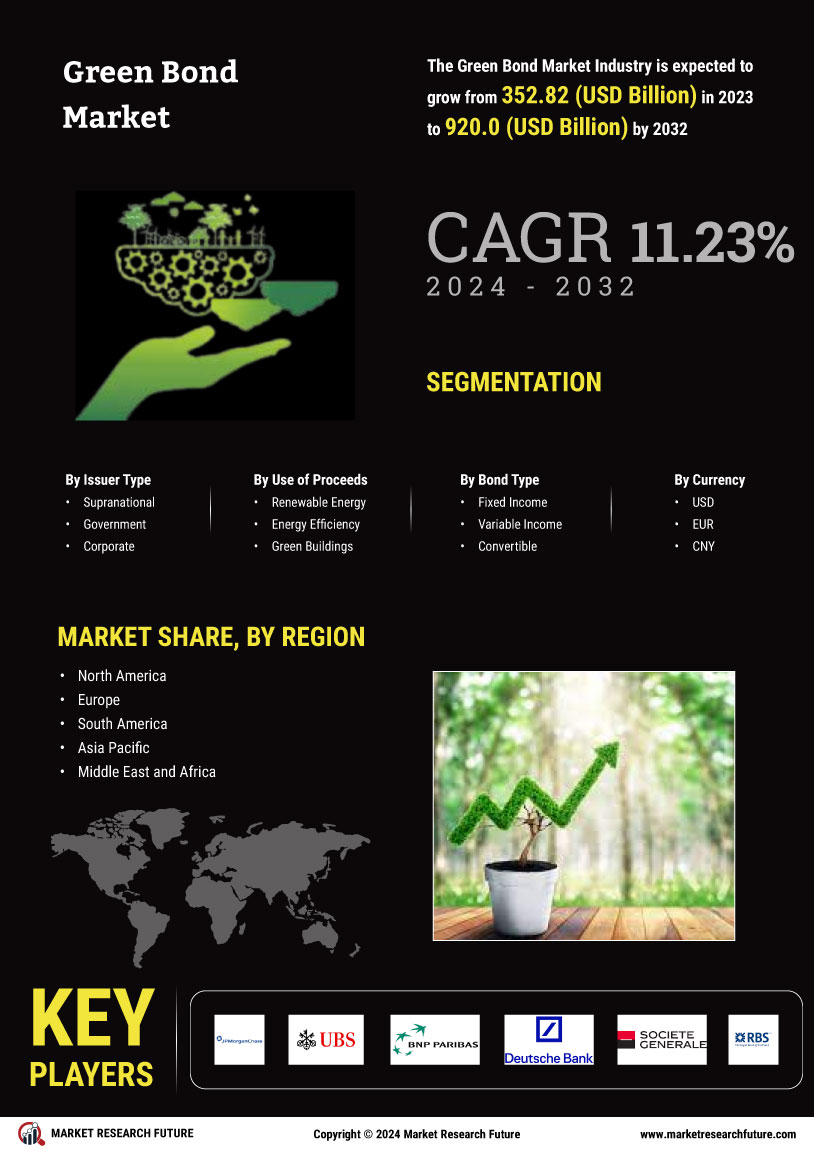

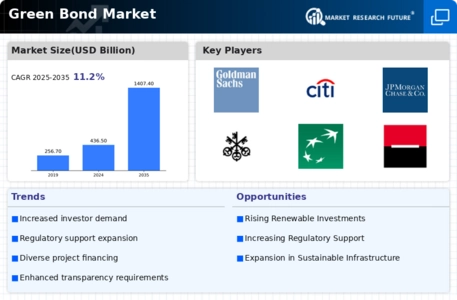
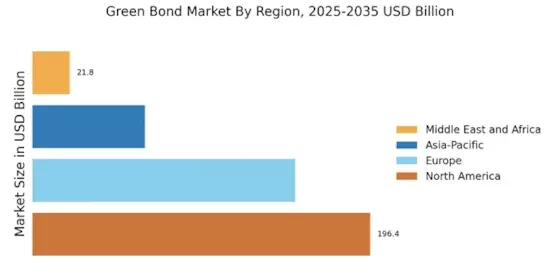

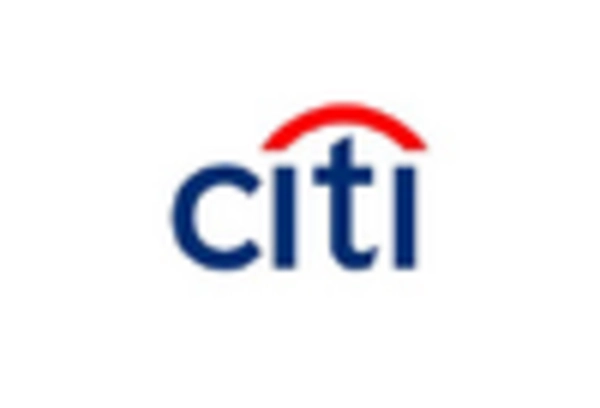
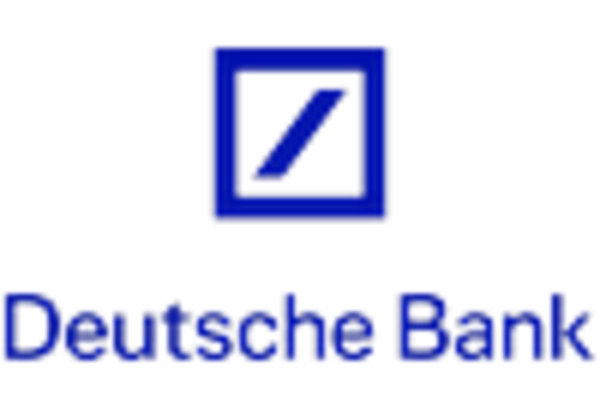
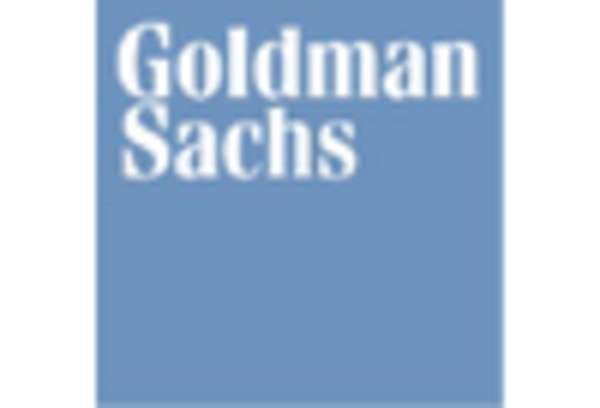










Leave a Comment